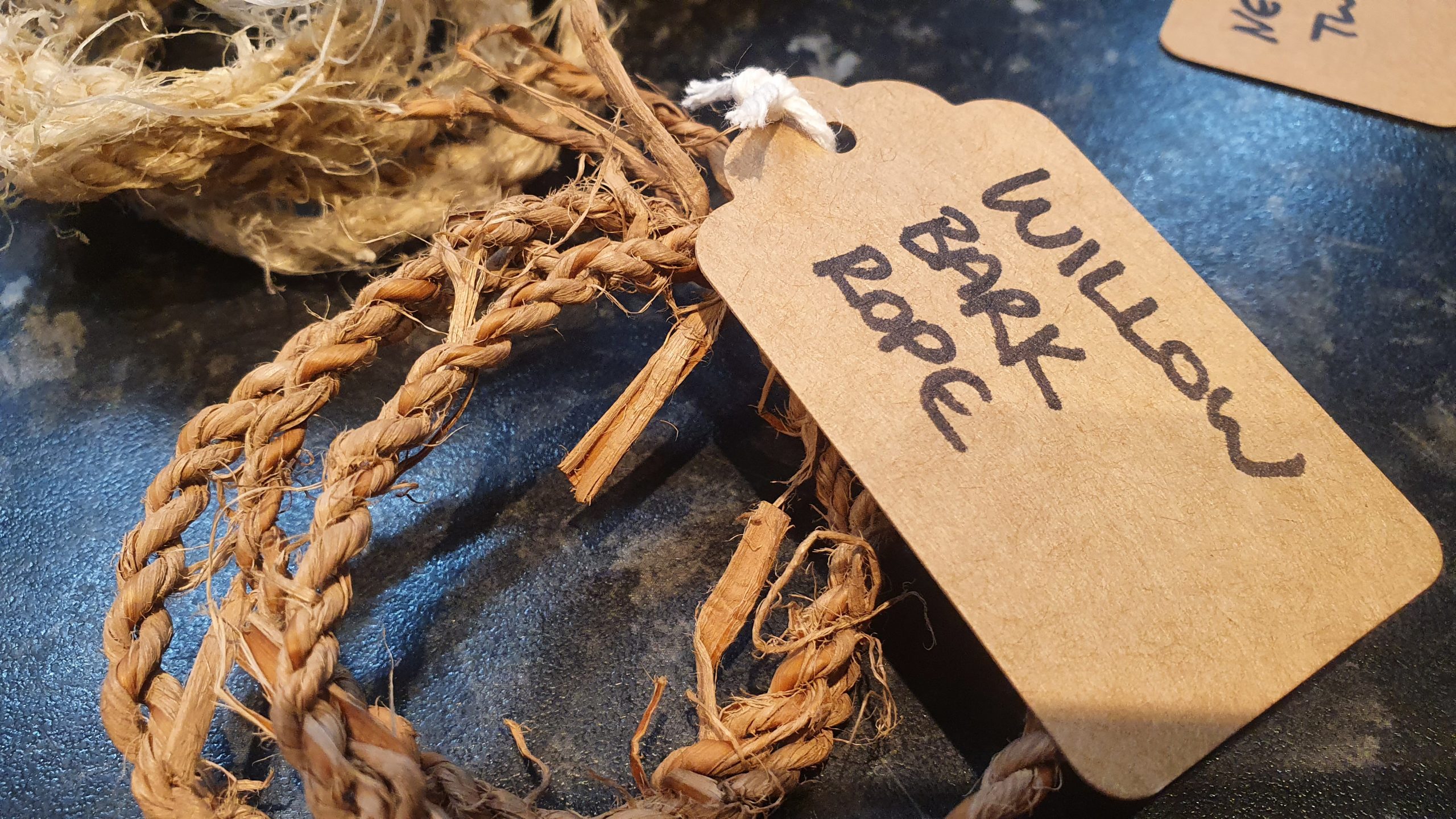Birch tar glue is an amazing natural resource whose uses have enabled some really key ancient
technologies such as birch bark canoes, arrows, axes, and waterproof containers. It is especially good for
binding lashings, as it liquid when heated, but cools rapidly to become solid.
Nowadays, birch tar glue is not likely to be a necessary skill for survivalists or hobbyist bushcrafters; this
is a resource that facilitates serious advances in primitive technology, particularly stone age tools or
weapons.
Making Birch Tar is obviously an extremely cool thing to learn and to be able to do, and is definitely up
there with the advanced bushcraft skills that push practitioners up into the higher tier, so you should
absolutely do this at least once or twice, know the process, and grasp the applications. If you have a hard
lump of this stuff on a little stick in your bushcraft box, you’ll have a point of interest for any group
you’re teaching or any ancient craft at which you fancy having a stab.
How to Make Birch Tar Glue
There are a load of great articles about this online, and a number of different ways to do it. The two pot
method is most commonly used, mostly because of our natural propensity to use a metal container rather
than mess about with clay or ash; but I’d recommend messing about with the river clay methods, or even
the condensation method, which is not very productive but is by far the quickest. If you needed bug
repellent in a pinch, burning some birch tar under a stone and dabbing the residue on your exposed skin is
an extremely effective, quick, and totally badass solution.
Below is an illustration from a scientific article looking at the best methods. It’s an interesting read, but
shows why the lengthy description of the process I just wrote and then deleted would be pointless. A-D
are all primitive methods, but do not constitute an exhaustive list. E is a controlled production of tar, and
looks a lot like the “two pot” method.

Jon (whose website is good for loads of stuff) does a great breakdown of the two pot method as you might
do it at home.
Storing your Birch Tar
Once you have your tar, you could gently boil it down until it becomes very thick, before dipping a stick
in it to collect it. Every time you take the stick out, the tar will cool and harden, so you’ll quickly get a
nice lump. The end result will be about 40-50% of what you had initially. Or you could boil it down a
little less, before adding plant fibre and powdered charcoal. This will give you a glue, with a type and
texture that depends on how much of each you add. Equal parts of all three ingredients seems to be
considered a baseline. Tar works well, and has many uses, on its own though. I highly recommend you
make this stuff yourself and keep some on a stick in a tin. It’s a fundamental outdoor material, and if you
wanted to survive without modern kit for any length of time, you’d need it.






Leave a Reply